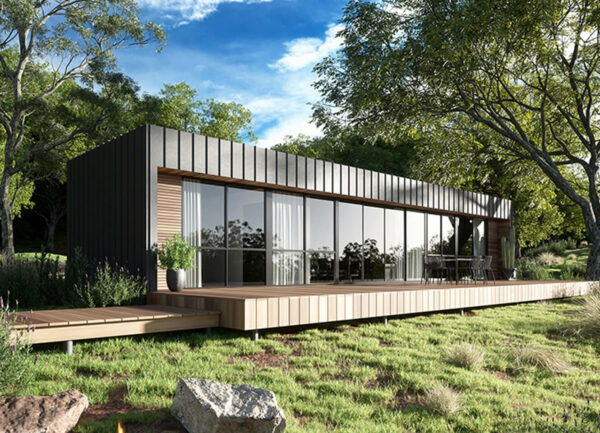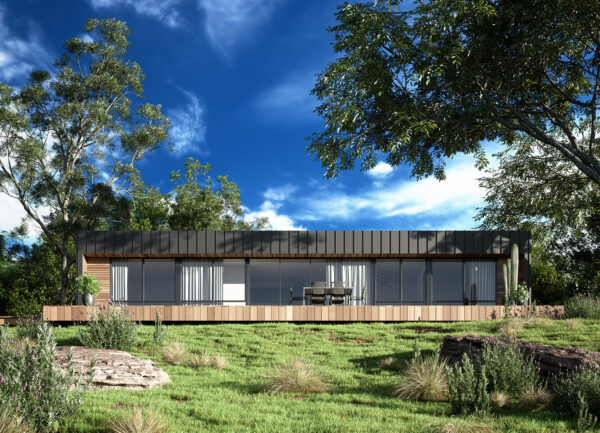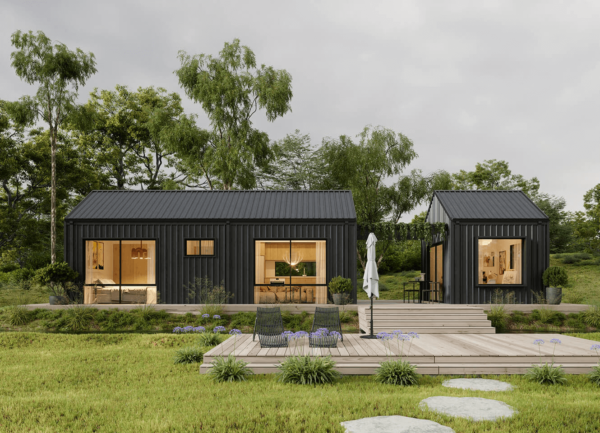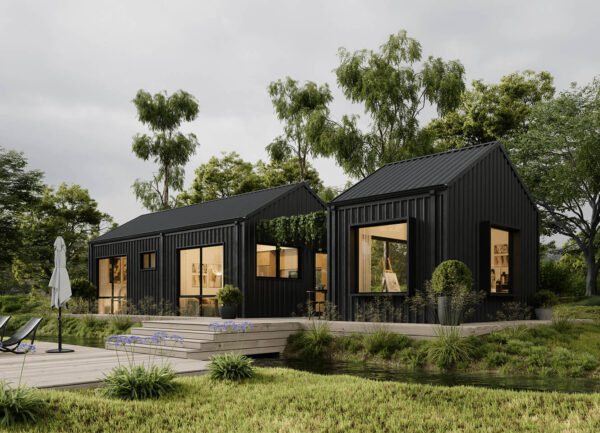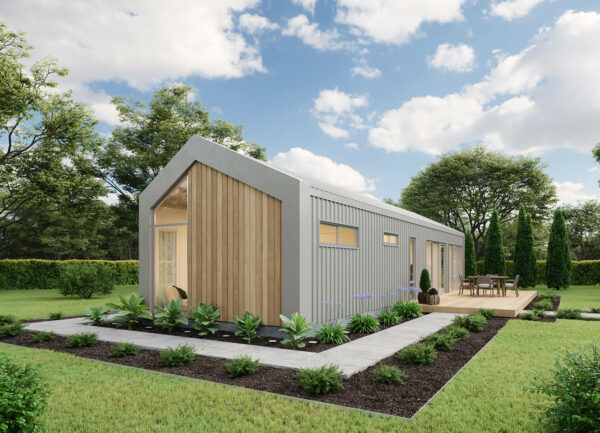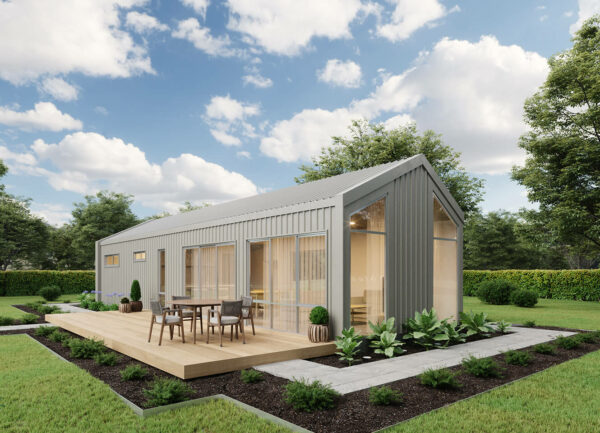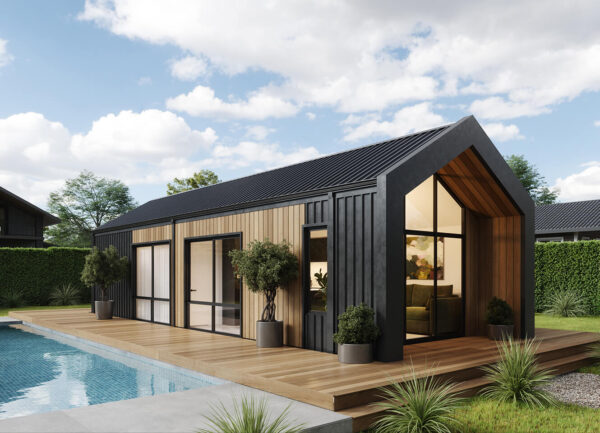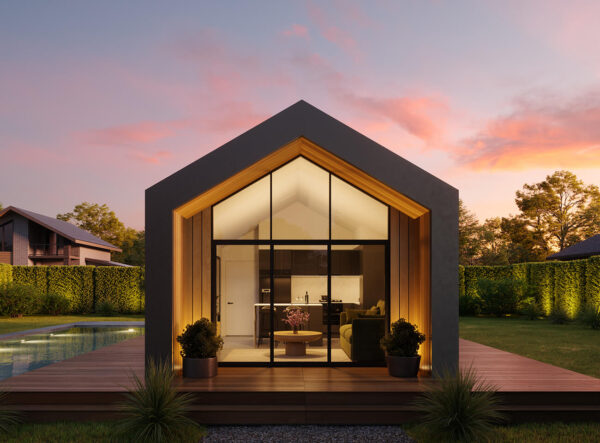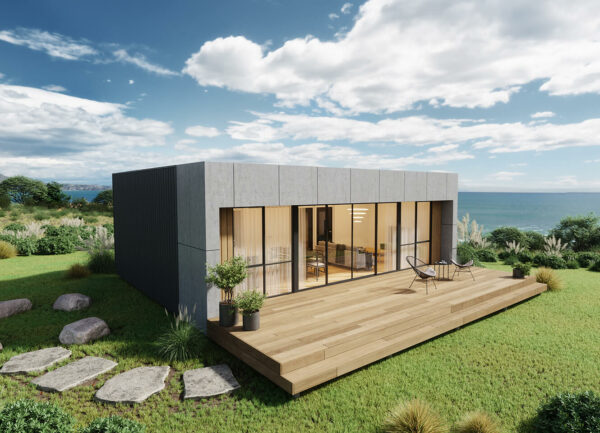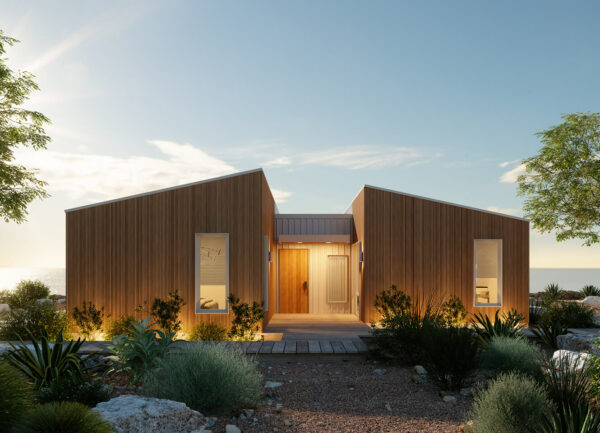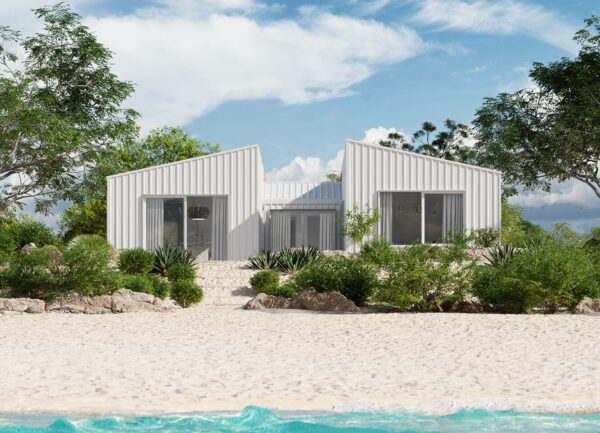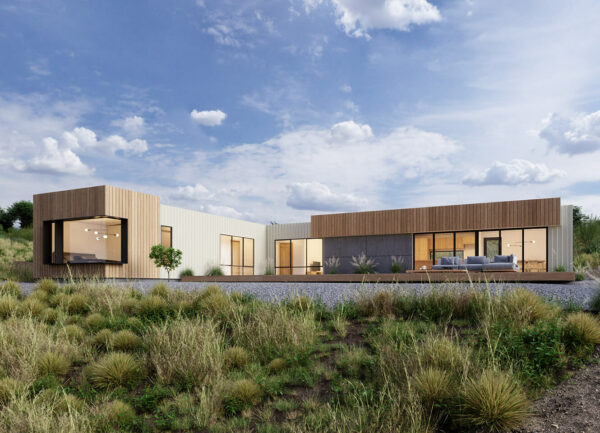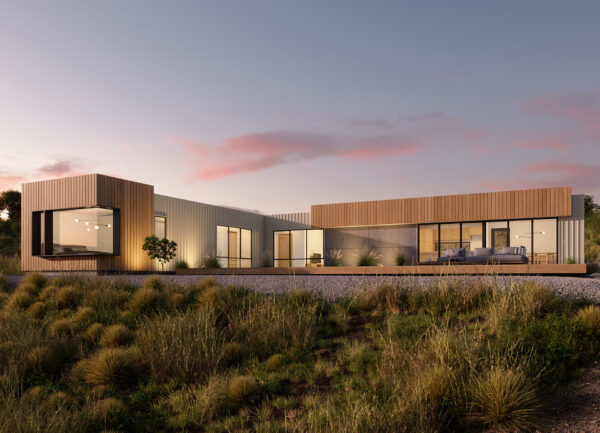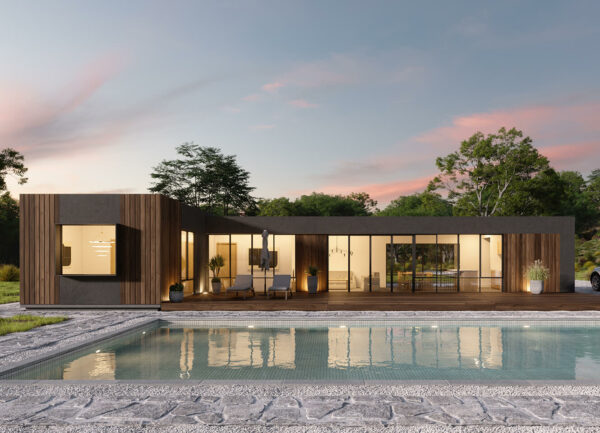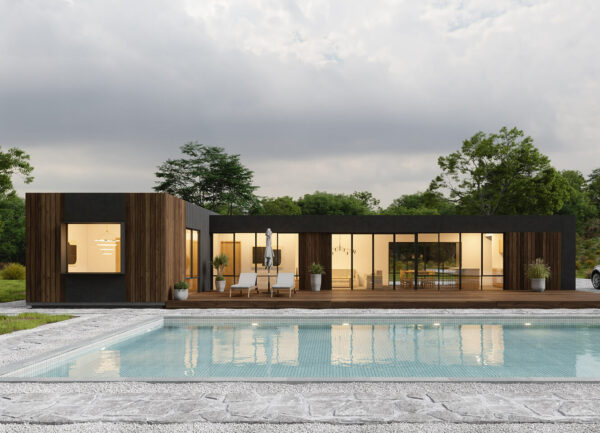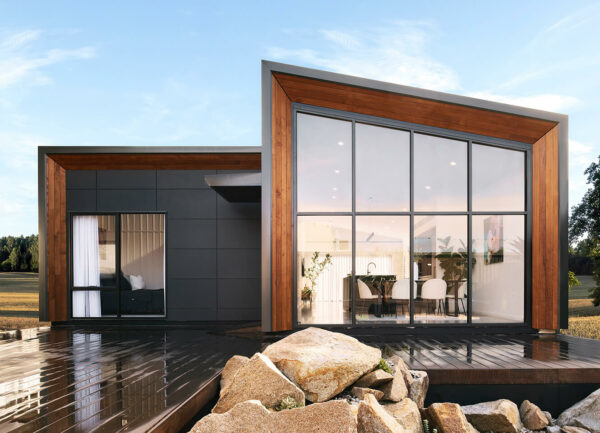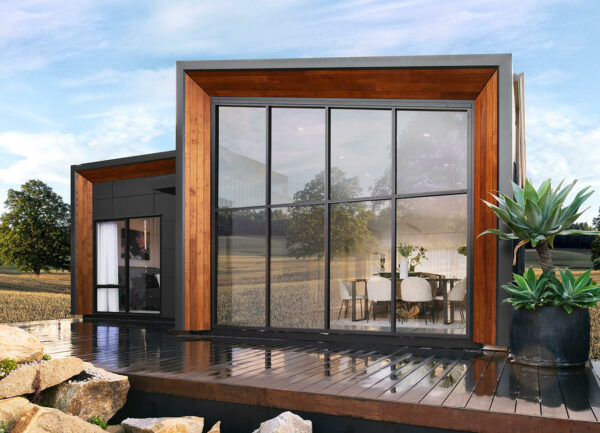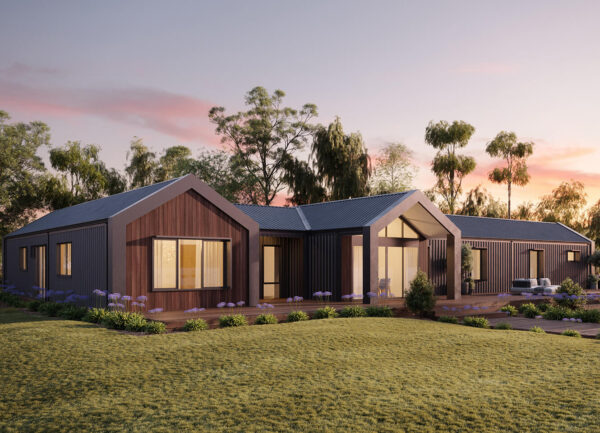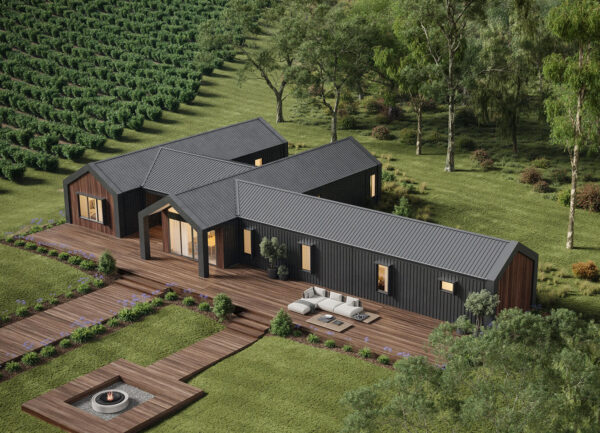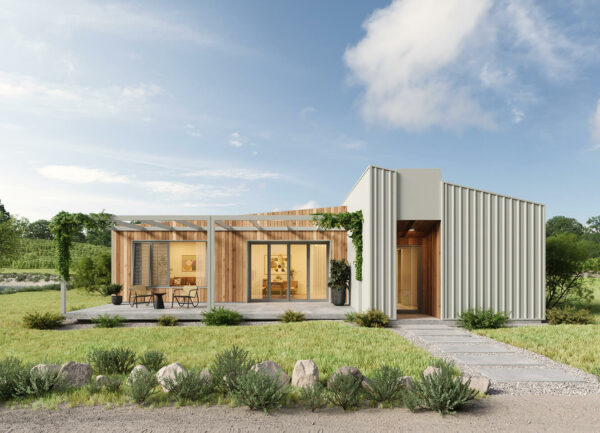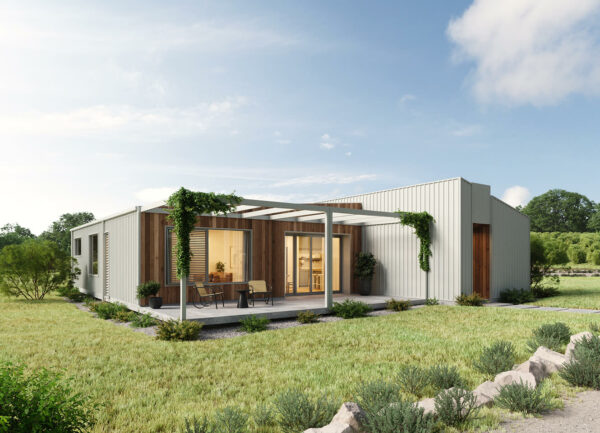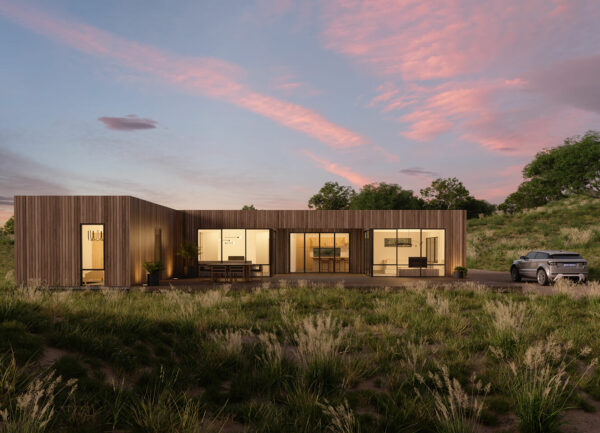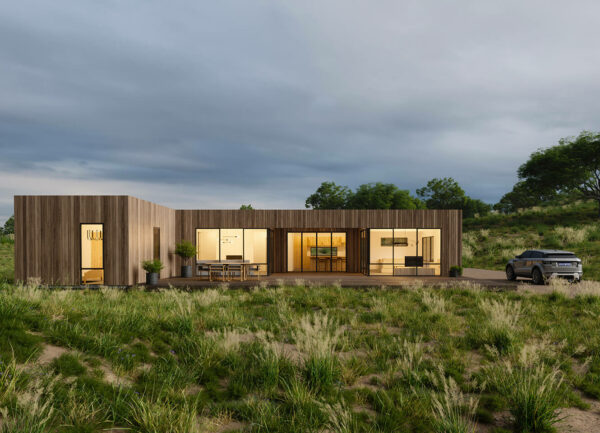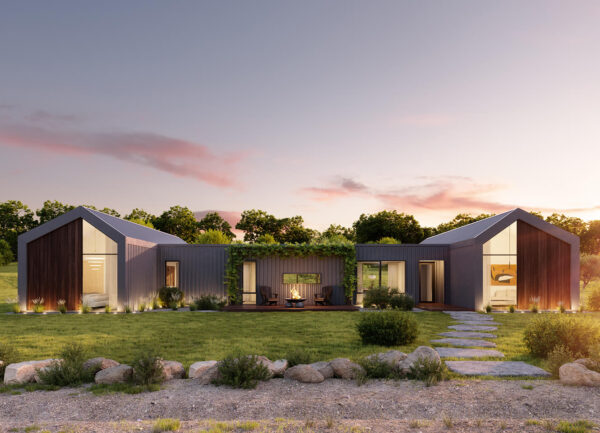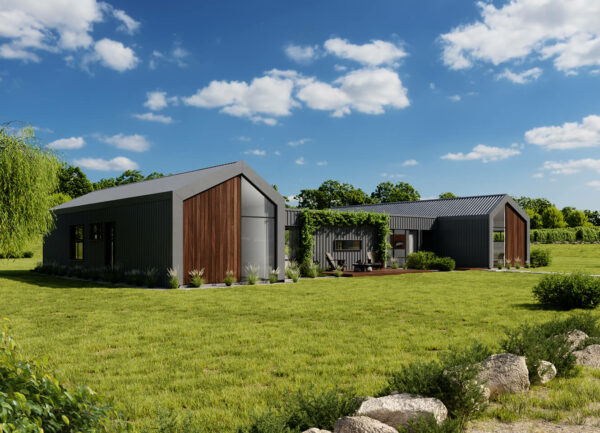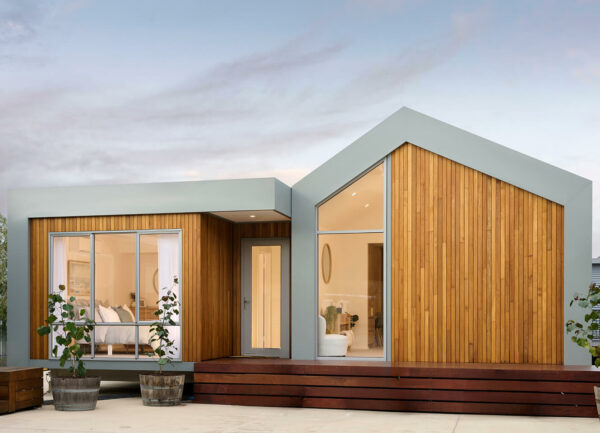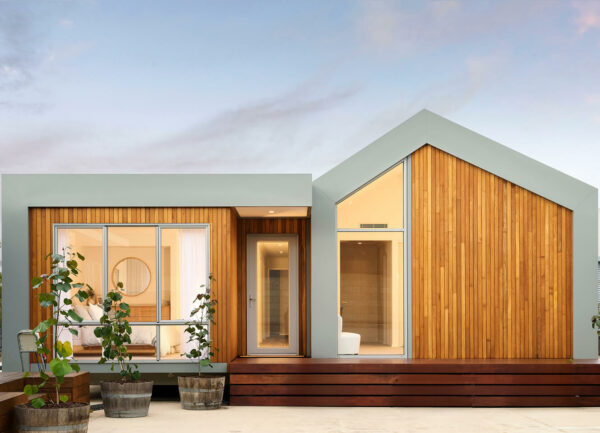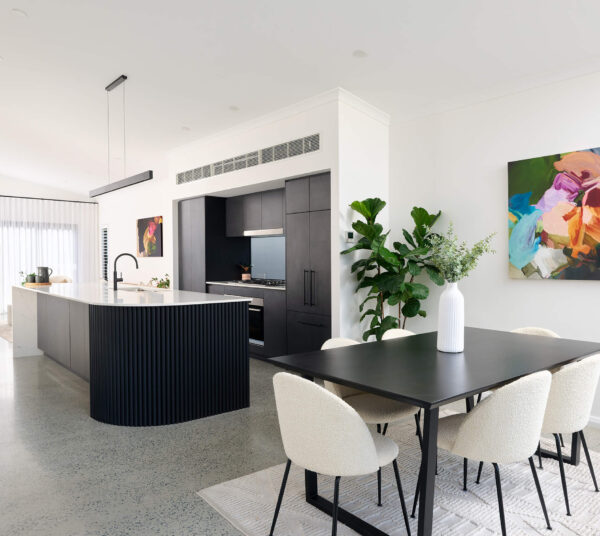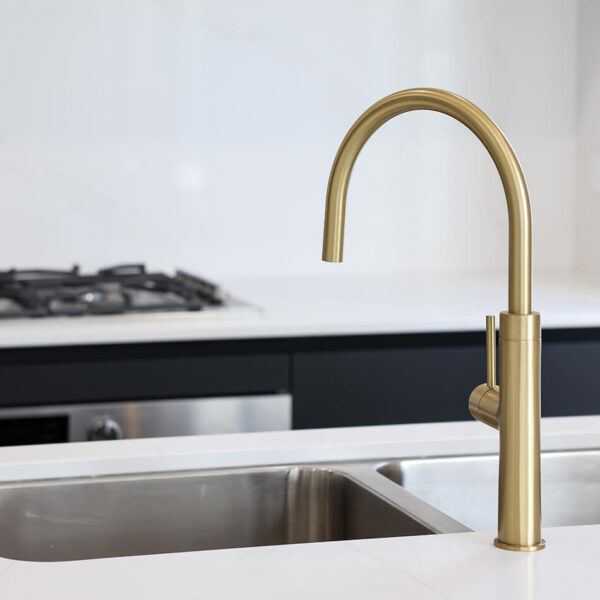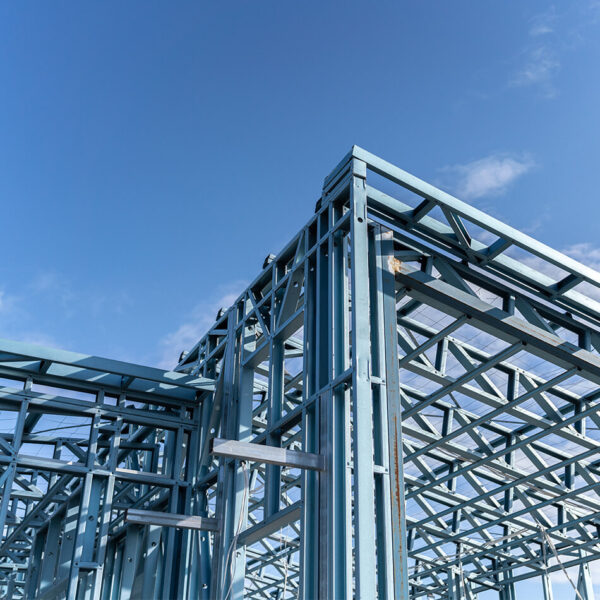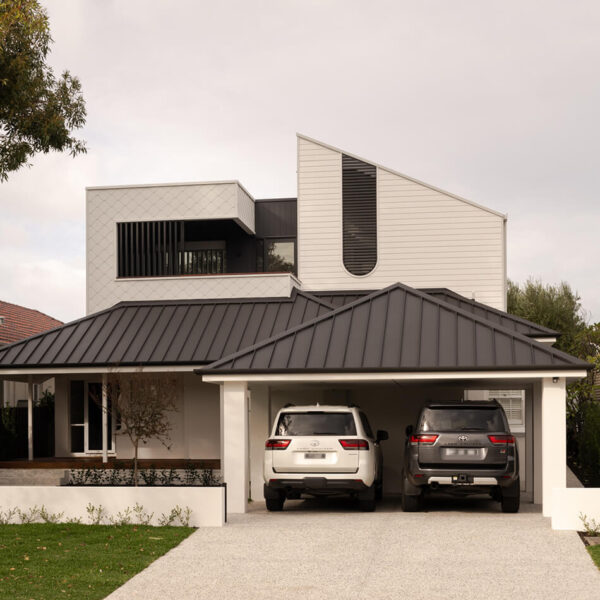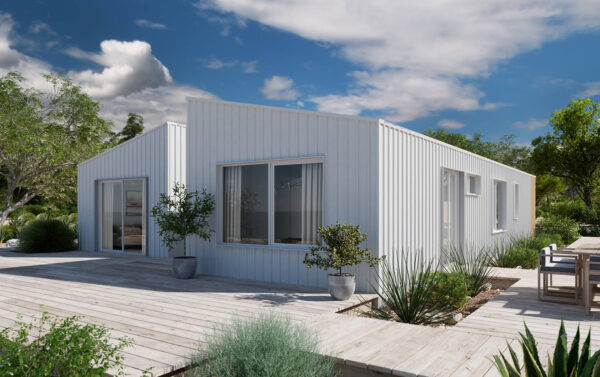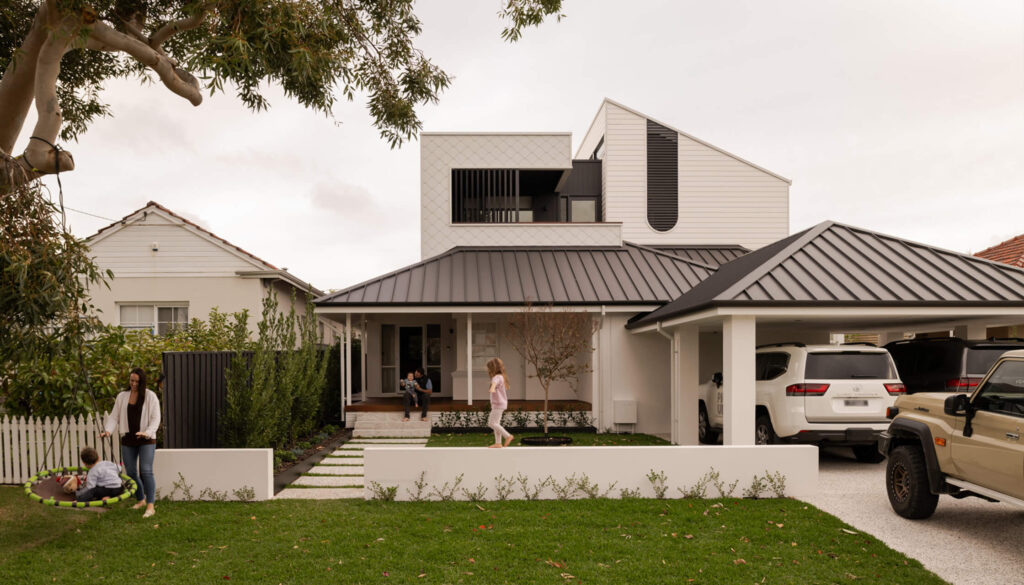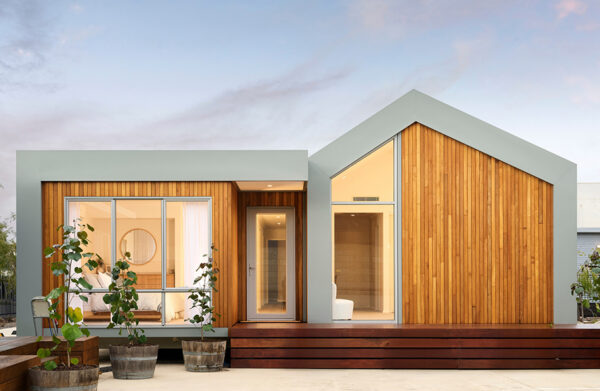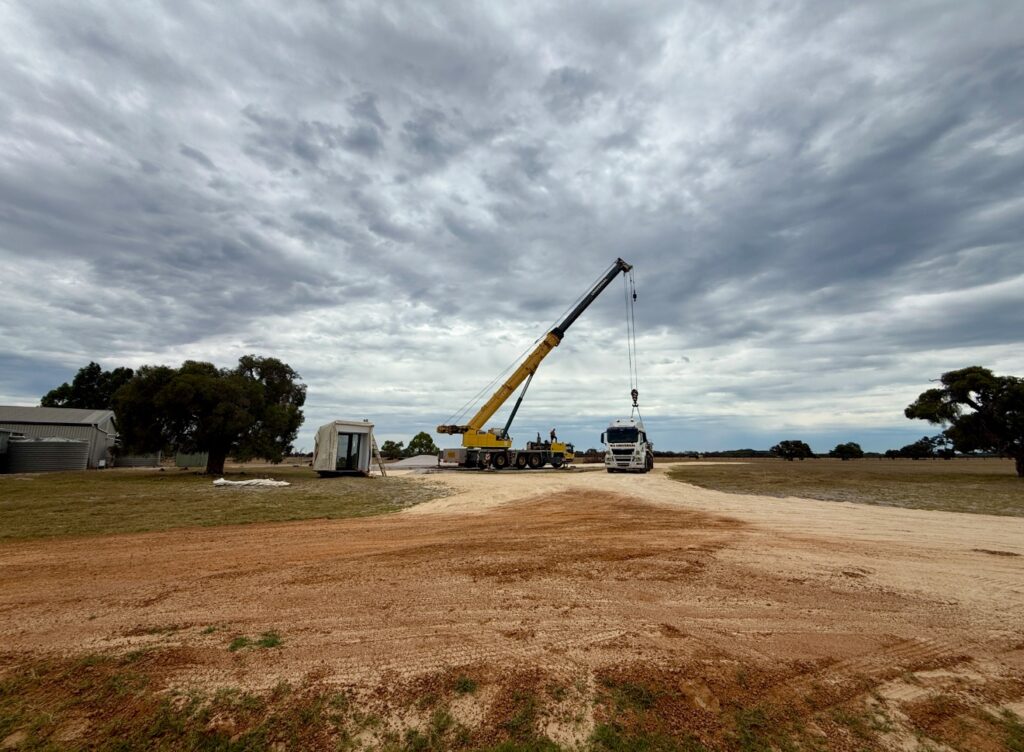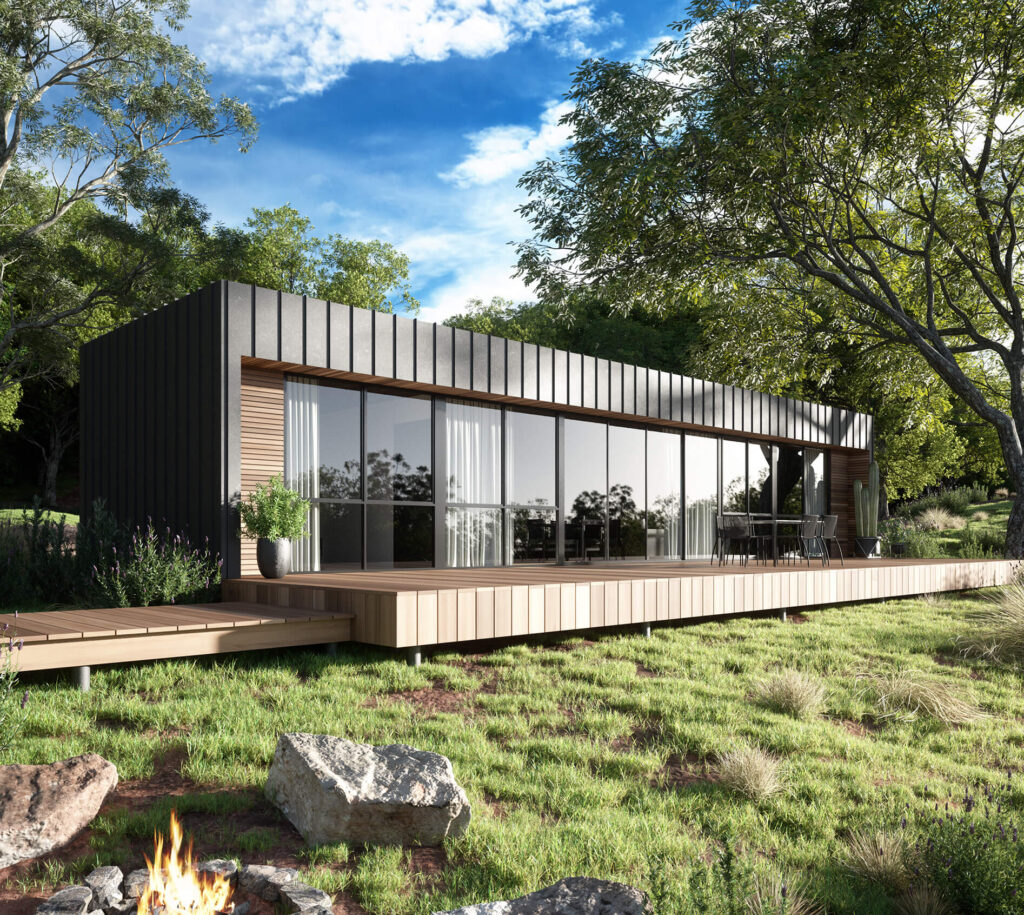Not every block is modular-friendly and choosing the wrong one can lead to unexpected costs, delays, and design headaches. In Western Australia, factors like zoning regulations, soil quality, bushfire ratings, and site accessibility all play a role in whether (or even if) you can build your home.
To keep things smooth, stress-free, and within budget, here’s what you need to consider before signing on the dotted line.
Zoning & Local Regulations: Can You Build There?
Before you fall head over heels for a block, make sure modular construction is permitted. Every council has different rules, and some areas have overlays that might limit what you can build—think bushfire zones, heritage restrictions, or flood risks.
Some councils require a Development Approval (DA) or a Building Permit, so it’s worth checking in with local planning departments early on. A quick phone call or website search can save you a world of trouble (and avoid the heartbreak of buying land you can’t build on).
Site Accessibility: Will Your Home Fit?
Modular homes don’t arrive in bits and pieces—they’re transported in large sections, meaning your land for a modular home needs to be accessible for delivery trucks and cranes. If access is tricky, you could be looking at extra costs to clear obstacles, upgrade roads, or get special transport permits.
Narrow roads, tight turns, or overhead obstacles can all make delivery more complicated. If you’re looking at a remote or rural block, check if there are any weight restrictions on local bridges or roads—because no one wants their brand-new home stuck halfway to its destination.
Soil Quality & Foundation Requirements: What’s Beneath the Surface?
Not all soil is created equal, and what’s under your home matters just as much as the home itself. WA’s soil conditions vary, and some types require extra reinforcement—or worse, major site works.
A geotechnical survey (soil test) will tell you if your land for a modular home is stable enough for a standard foundation or if it needs engineered footings. Reactive soils shift with moisture, risking cracks or instability, while others might not drain properly, leading to long-term structural issues.
A soil test before buying = fewer nasty surprises later.
Utilities & Services: What’s Already Connected?
Ideally, you’ll find land for a modular home with power, water, and sewerage ready to go. But in many regional WA areas, that’s not a given.
If your site isn’t connected to essential services, you’ll need to budget for installation costs, which can run anywhere from $10,000 to $50,000+. Some blocks will require off-grid solutions like solar power, rainwater tanks, or septic systems, all of which come with their own setup costs and maintenance needs.
And don’t forget about internet access. If you’re heading out to the country, check if NBN or Starlink is available—or prepare to embrace the slow and painful world of unreliable mobile data.
Sloping Blocks: Breathtaking Views, Bigger Costs
A sloping site can offer stunning design opportunities, from elevated decks to panoramic views. But before you fall in love with the idea of a hillside retreat, consider the added costs.
Steeper sites often require excavation, retaining walls, or custom foundations (think stumps or piers). Drainage is another factor—water pooling under your home is never a good thing. While modular homes can adapt to slopes, it’s best to know the extra costs upfront.
If you’ve found a sloping block, a site assessment can help determine whether it’s a budget-friendly challenge or an expensive headache.
Bushfire & Flood Risk: Know the Rules
Western Australia has strict regulations for homes built in bushfire-prone and flood-risk areas. If your land for a modular home falls into one of these zones, you might need extra safety measures—and those come with a price tag.
If the site is in a bushfire-prone area, it will have a Bushfire Attack Level (BAL) rating. The higher the BAL, the more expensive the fire-resistant materials and construction techniques required. A high BAL rating can add anywhere from $10,000 to $50,000+ to your build.
Flood zones bring their own challenges, like elevated construction and additional drainage solutions. If your site sits in a floodplain, expect to budget for raised footings and stormwater management.
Reviewing the DFES Bushfire Prone Areas Map and WA Floodplain Mapping Tool, both available online, before purchasing can help you steer clear of unexpected compliance issues.
Orientation & Climate Considerations: Smart Design Starts Here
A well-positioned modular home doesn’t just look great—it performs better too. If your land for a modular home is facing the right way, you’ll save on energy costs and make your space more comfortable year-round.
North-facing homes capture the winter sun, reducing heating costs. Clever window placement and ventilation can maximise airflow, keeping things cool in summer. Shading elements like eaves, pergolas, or trees can help manage heat exposure, making a huge difference in WA’s hot summers and mild winters.
Thinking about these factors when choosing a block will set your home up for success before it’s even built.
Before You Buy, Ask Yourself…
- Can a truck and crane easily access the site?
- What’s the soil type, and will it require extra foundation work?
- Are power, water, and sewerage already connected?
- Does the slope require excavation or custom foundations?
- Are there bushfire or flood risks that could increase build costs?
- If any of these factors raise red flags, be prepared for extra costs or modifications to make your modular home work.
The Right Land Makes All the Difference
Choosing land for a modular home isn’t just about finding a beautiful spot—it’s about making sure the site works with your home, not against it. Western Australia’s landscape and building regulations mean some blocks require more planning and investment than others.
Doing your research, testing the site, and assessing all potential costs upfront can save you time, money, and stress down the track.
If you’re thinking about buying land for a modular home and want expert guidance, PIQUE can help assess your site and guide you through the process. Get in touch today to make sure your block is ready for your dream modular home.
